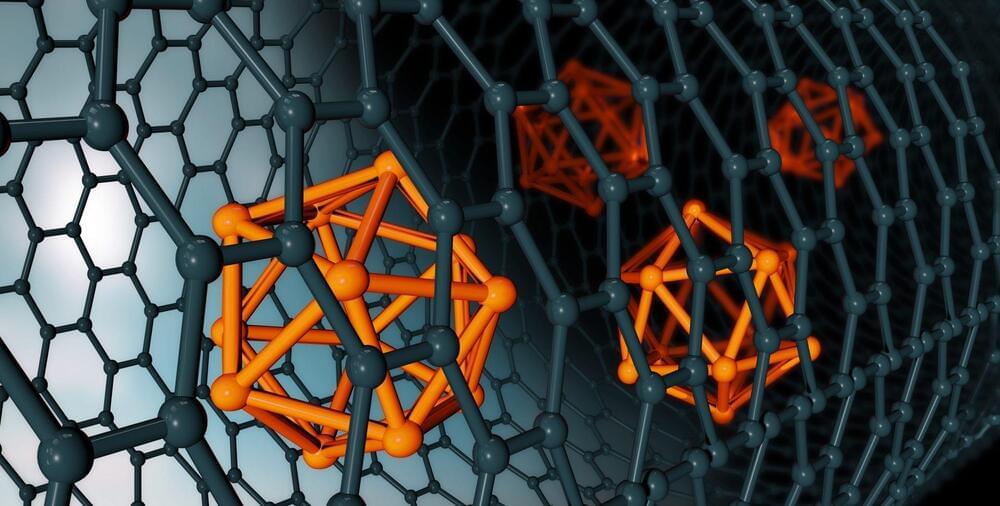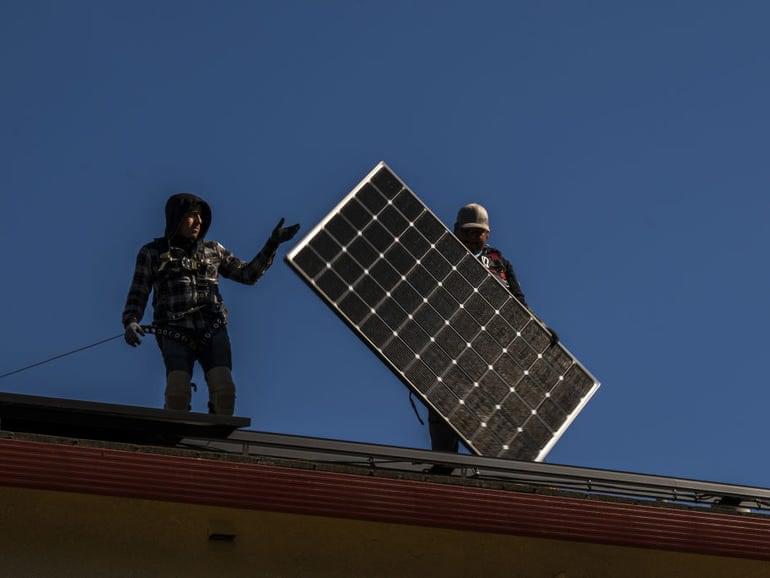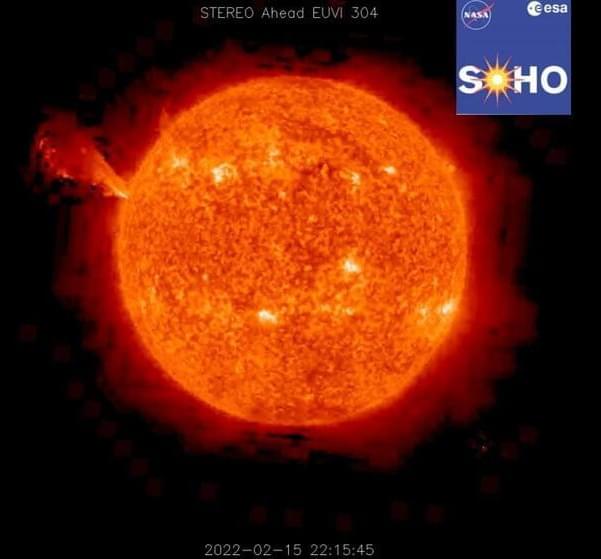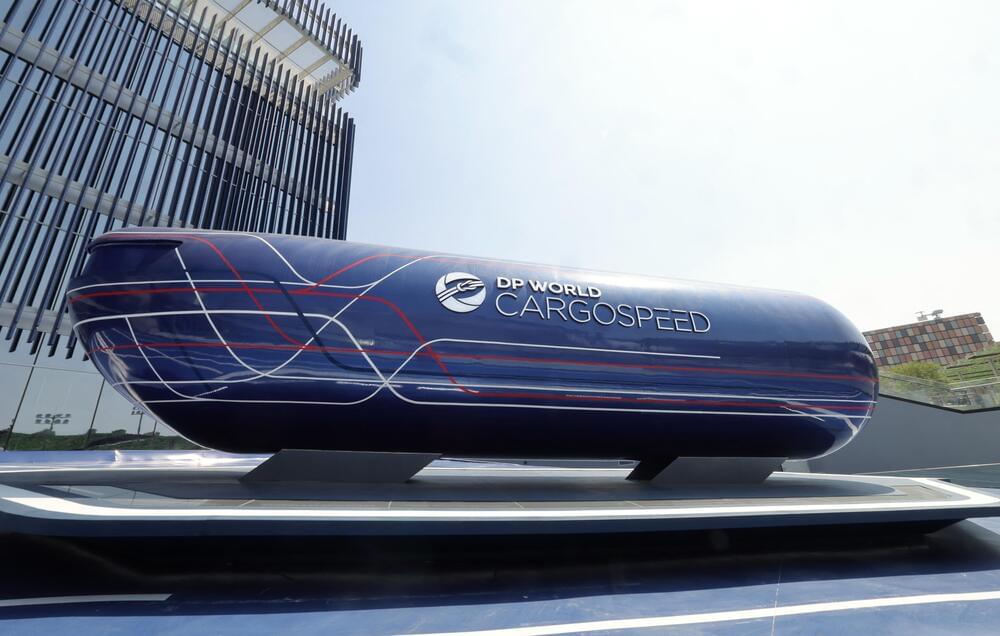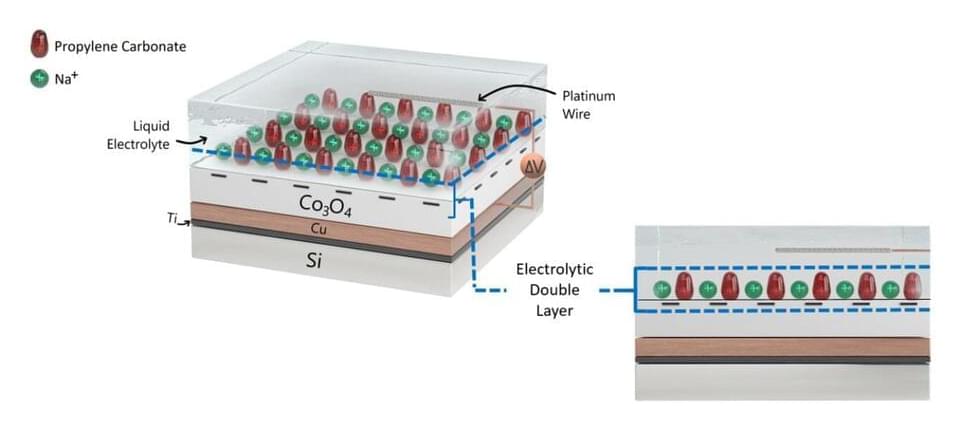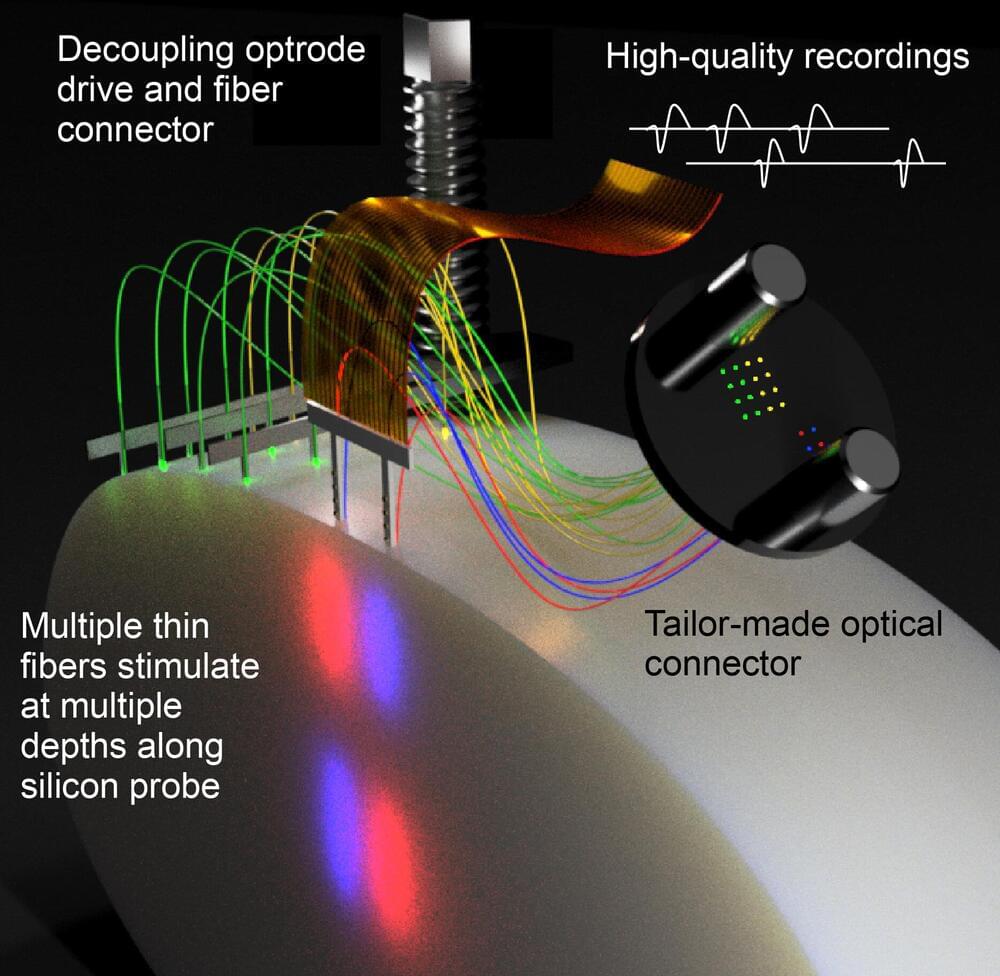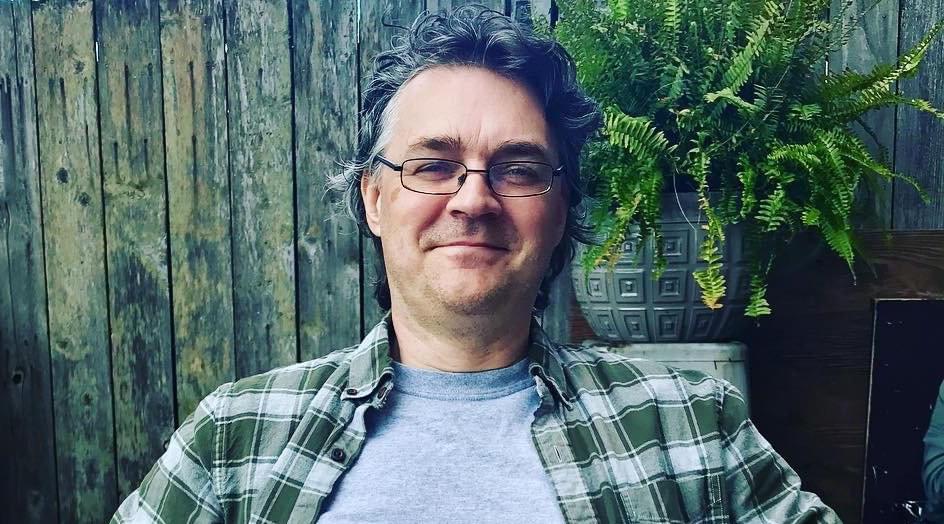The Russian Army has sent its BMPT-72 or Terminator 2 armored fighting vehicle towards the Ukrainian border area. Nearly 150,000 and 200,000 Russian troops are reportedly poised for a possible invasion of Ukraine. Experts say that BMPT-72 could be used for a potential campaign in an urban environment inside Ukraine.
00:00-Introduction.
00:15 — Russia Sends BMPT-72 Towards Ukrainian Border?
01:25 — What Is BMPT-72?
03:00 — BMPT-72’s Firepower?
03:48 — What BMPT-72’s Deployment Shows?
#russia #bmpt72 #terminator2
Follow CRUX on Instagram (@crux.india): https://bit.ly/3qSFx1K
Follow CRUX on Facebook: https://bit.ly/2Lte7iF
#GetCloserToTheNews with latest headlines on politics, sports and entertainment on news18.com https://bit.ly/2Y4QccL
Also watch:
Crux One Take: https://bit.ly/3oNaLWf.
Crux Files: https://bit.ly/3mnbnjW
Crux BTS: https://bit.ly/3oCjbQE
